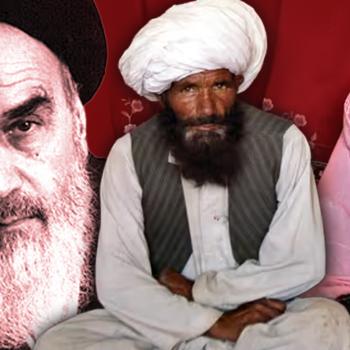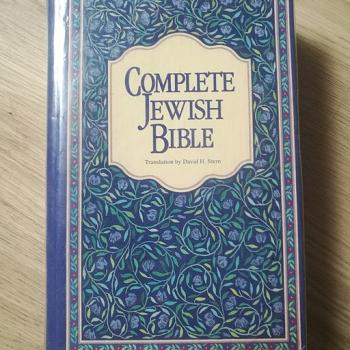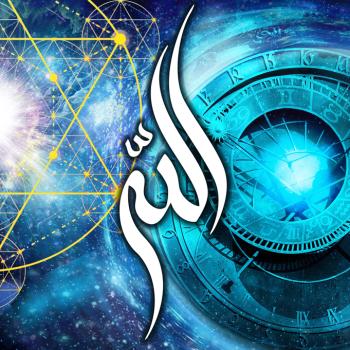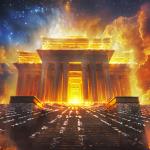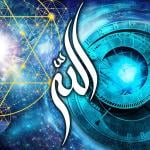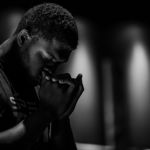“I am YHVH your Elohim who brought you out of Mitzraym (literally the “Narrow Places,” Egypt), out of slavery. You shall worship no other Gods but me,” (Exodus 20:2–3). We looked at this passage of Torah earlier in our discussion of YHVH as the process of creative liberation. Now we will look at again focusing not on YHVH but on Anokhi, “I.”
Here we aren’t talking about the egoic “I” of the Ain/Ani paradigm, but the divine I that is all reality. The manifest and manifesting universe, God’s body if you will, is Elohim. The unmanifest pure potentiality of God is YHVH. When you and I seek to know YHVH Elohim our small “I” [Ani] melts into the greater no–thing of God [Ain]. But when God knows all as God, there is no object but only subject, Anokhi, the I of God that is the all of everything that has been and can be.
When you turn outward to see the objective world around you, you refer to yourself as Ani, the limited subject of your egoic “I.” When you turn inward to see the world within you all objects end and with them the subject as well, leaving you as nothing and with nothing. This is Ain. But if you can go more deeply still into the realm beyond subject and object you arrive at the pure subjectivity of God, Anokhi. And knowing this is the absolute liberation, what the Hindu’s call moksha, liberation from samsara, the circle of birth and death, ani and ain, one and zero, on and off.
But don’t imagine this liberation from the Narrows is the end of the dance. On the contrary, liberation frees you to dance with abandon. The goal isn’t to be Ain/No-thing or to be Ani/Something, but to enjoy the dance of one into the other and back again. When we take the states of Ain and Ani seriously we find ourselves locked into what the Hindus call maya, illusion. This isn’t to say that reality is an illusion in the sense that it doesn’t exist, but an illusion in the sense of a magic trick where what we see happening isn’t what is happening at all. When we are liberated from illusion we are liberated into dancing for the sheer enjoyment of dancing. This Hindus call lila, play. Maya is experienced as lila when you realize Anokhi, the “I” that is all.
And there’s the trap. You cannot realize Anokhi because you are Anokhi. You cannot know Anokhi because you cannot be other than Anokhi. This is the dis-ease of religion and spirituality: the promise of becoming what you are already are. This is where rabbi, shaman, and guru can get caught up in being con–artists: convincing you that you aren’t who you are, and then selling you some snake–oil to help you become who you are. This is what the Zen folks call “selling water by the river.”
Don’t imagine, however, that there are rabbis, shamans, and gurus who are not con-artists. On the contrary: the greatest spiritual teachers are the greatest con-artists. Take the 18th century founder of Hasidic Judaism, Rabbi Israel ben Eliezer who was called the Baal Shem Tov, for example. He was one of many baalei shem (plural of baal shem, Master of the Name) roaming the countryside using the name YHVH to work miracles, conduct exorcisms, and perform healing rituals. What made Rabbi Israel different, what earned him the approbation tov, the Good Master of the Name, was the fact that he actually brought comfort to people. Unlike the other kabbalistic shamans of his day, he actually freed people from maya and for lila. This is why the best spiritual teachers always lead you into what appear to be existential double binds: inescapably conflicting situations where you are damned if you do and damned if you don’t. They tie your mind into knots until you are ready to see they are nots. And in that seeing maya is lila, Ain is Ani, Ani is Ain, everything is everything else, and there is no other but Anokhi. But you cannot become this, you can only be this. And you are this right now.


